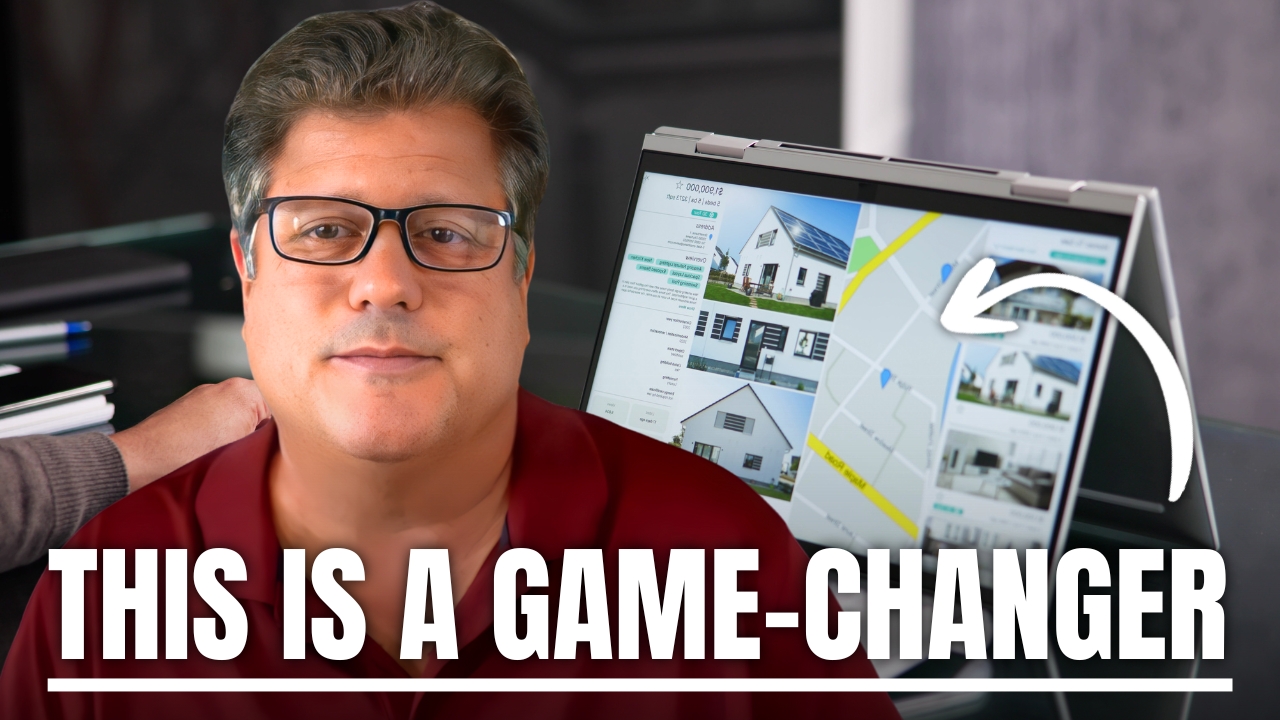Join My Exclusive VIP Buyer List. Let’s craft your plan for success—claim a free 1-year home warranty on your next purchase. Book a Call
A home can look beautiful at first glance. Fresh paint, clean floors, and staged rooms can hide serious issues beneath the surface. That’s why a home inspection is one of the most essential parts of buying a home. It protects you from hidden problems, helps you make informed decisions, and can save you thousands in future repairs. Whether you’re a first-time buyer or haven’t bought a home in years, it’s important to understand what inspections cover, which red flags to look for, and what to do if problems show up.
Why are inspections necessary? No matter how new or updated a home looks, it could be hiding expensive problems. A home inspection helps you understand precisely what you are buying. It is not about nitpicking minor cosmetic flaws. It is about identifying structural issues, system failures, or safety hazards that could cost thousands to repair. Even experienced buyers can miss these signs if they rely on appearances alone. The inspection gives you the information you need to decide whether to move forward, negotiate, or walk away.
- Red flags to watch for. Some issues matter more than others. Focus on the ones that can impact your finances or require significant repairs:
- Old roof: If the roof is 13 to 15 years old, it may need replacement soon. Older roofs often raise insurance costs. Look for missing shingles, patchwork repairs, or water stains on ceilings.
- Lead pipes: This is more common in older homes. Lead pipes can be a health concern, so ask the seller and check the disclosures.
- Slow drainage or low water pressure: This could mean clogged pipes or buildup in the plumbing system.
- Outdated electrical system: Look for old fuse boxes instead of circuit breakers. Missing GFCI outlets (the ones with reset buttons) are also signs that the electrical system may need updating.
- Mold: Often found in garages or damp areas, mold may indicate hidden leaks or poor ventilation.
- Old HVAC system: Units older than 12 years may need replacement. Weak airflow could mean clogged ducts or worn-out components.
How to respond if problems are found? Once you receive the inspection report, review it carefully with your agent. If you are within the inspection period, which is usually 10 to 15 days, you have a few options. You can ask the seller to repair the items, request a credit at closing, or cancel the contract entirely. If additional inspections are needed, such as a sewer scope or HVAC evaluation, make sure to request more time before the inspection window ends.
Acting quickly is critical. If the inspection period expires and you haven’t canceled or renegotiated, you may be obligated to move forward regardless of the inspection findings. A good buyer’s agent will help you navigate the entire process. If you have questions or want guidance through your inspection, feel free to call or text me at 786-671-1194 or email me at info@venturehomesrealty.com. I’m here to make sure you go in prepared and aware.
-
Join My Exclusive VIP Buyer List. Let’s craft your plan for success—claim a free 1-year home warranty on your next purchase. Book a Call
-
Discover Your Home’s True Value. Don’t trust a Zestimate. Get a personalized home valuation directly from an experienced real estate agent. Get Estimate
-
Find Your Dream Home. Search for homes directly on the MLS with pricing, neighborhood data, market trends, and more. Start Your Search
-
Free Real Estate Newsletter. Get our latest Q&A, insights, and market updates to make smarter decisions. Subscribe Now








